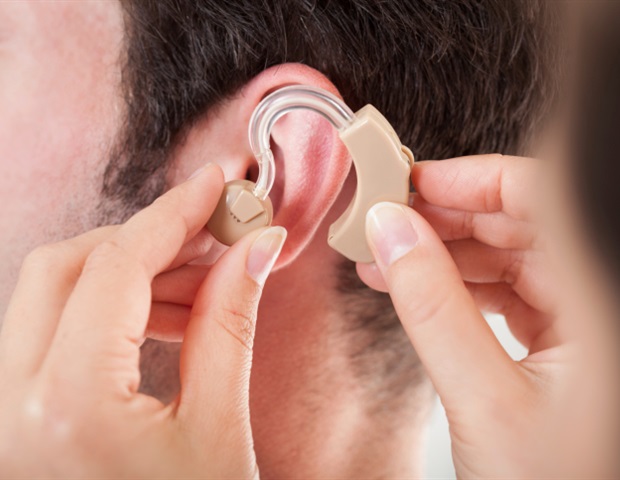
In a revealing study published by BMJ Global Health, researchers have uncovered a startling disparity in hearing aid accessibility across the globe. The findings indicate that countries with the highest levels of reported hearing loss also have the lowest rates of hearing aid usage. The study further highlights that men are generally more likely than women to report hearing difficulties, although this gender gap diminishes with age.
According to the research, an estimated 1.57 billion people, or one in five of the world’s population, experienced hearing loss in 2019. This number is projected to rise to 2.45 billion by 2050. The implications of hearing loss are significant, as it is associated with numerous health issues in adults, including depression, social isolation, falls, cardiovascular disease, cognitive decline, and even mortality.
Challenges in Measuring Hearing Loss
The researchers point out that accurate measurements of hearing loss are hampered by limited audiology services and the high cost of collecting hearing test data. To address this gap, the study analyzed self-reported hearing loss and hearing aid use from eight nationally representative long-term studies, covering 28 countries between 2001 and 2021.
The studies included data from diverse regions such as Brazil, China, Costa Rica, Mexico, South Africa, South Korea, the USA, and Europe. Participants, mostly in their 60s, provided extensive demographic, socioeconomic, behavioral, and health information. Hearing ability was assessed based on self-reports of hearing aid use and personal ratings of hearing quality.
Global Disparities in Hearing Aid Use
The prevalence of hearing loss varied significantly, with China reporting the highest prevalence at 65%, and South Africa the lowest at 16.5%. Notably, the countries with the highest reported hearing loss—China, South Korea, Mexico, and Brazil—also had the lowest levels of hearing aid use, ranging from 1% in China to 6% in Brazil.
Conversely, adults in Northern Europe, the USA, and Western Europe were more likely to use hearing aids, with usage rates ranging from 24% in Western Europe to 39% in Northern Europe. The study also found that the likelihood of hearing loss increased with age across all countries.
Gender and Age Influences
Gender differences in hearing loss were most pronounced in the USA, where men were 1.6 times more likely to report hearing loss than women. In contrast, gender differences were minimal or nonexistent in China, South Africa, and South Korea. In regions with high hearing aid use, younger women were more likely to wear them than younger men, while in mid-use regions, gender differences varied across age groups.
In South Africa, the pattern was reversed, with older individuals less likely to report hearing aid use than their younger counterparts. Despite low overall usage in China and South Korea, men were consistently more likely to wear hearing aids than women.
Complex Interactions and Structural Challenges
The researchers acknowledge limitations in their findings, such as reliance on self-reported data and the focus on upper-middle to high-income countries. They suggest that the wide range in self-reported hearing loss indicates complex interactions between structural factors, like medical systems, and socio-cultural elements, such as stigma and gender norms.
“Even in countries with complete or near-complete insurance coverage, hearing aid uptake remains well below 100%, suggesting that financial access can only tell some of the story,” the researchers noted.
The role of structural systems is particularly relevant for low and middle-income countries, where health systems are still developing and specialty services like audiology are newly established. Pinpointing the correlation between access and uptake at the international level remains a complex challenge.
Looking Ahead
The findings of this study underscore the need for enhanced global efforts to improve hearing aid accessibility, particularly in countries with high prevalence of hearing loss. Addressing the disparities in hearing aid usage requires a multifaceted approach that considers financial, structural, and cultural factors.
As the global population ages, the demand for effective hearing loss interventions will only increase. Policymakers and health organizations must prioritize the expansion of audiology services and the reduction of barriers to hearing aid access to improve quality of life for millions worldwide.







